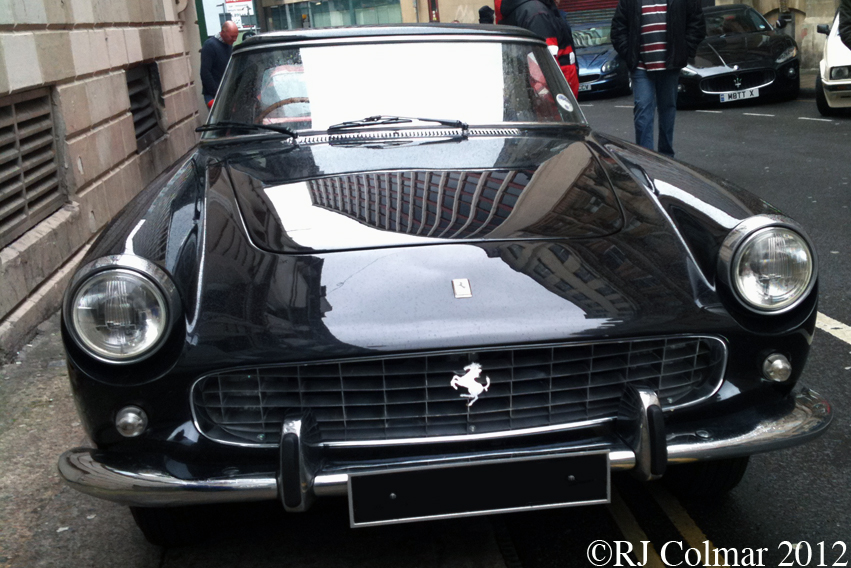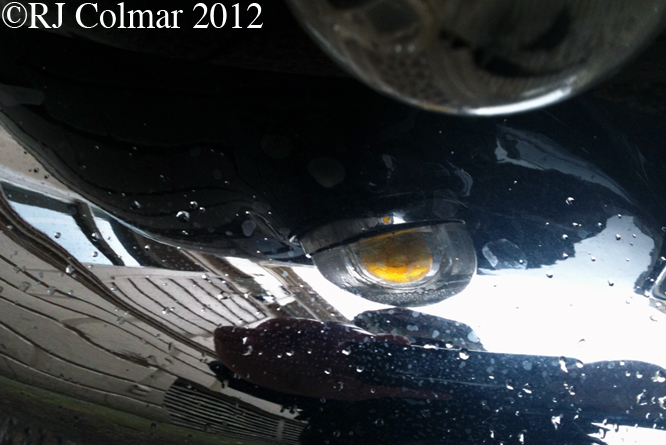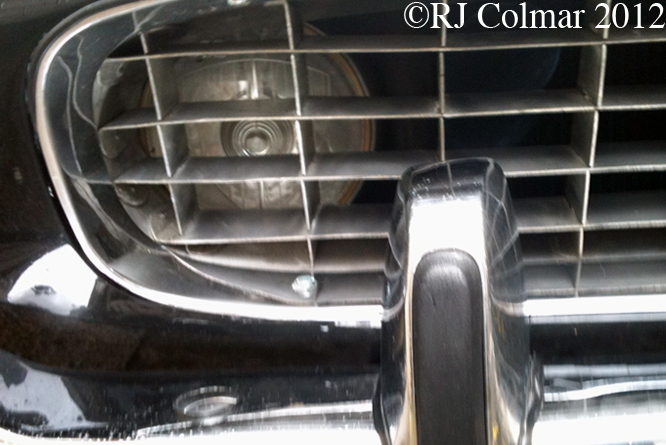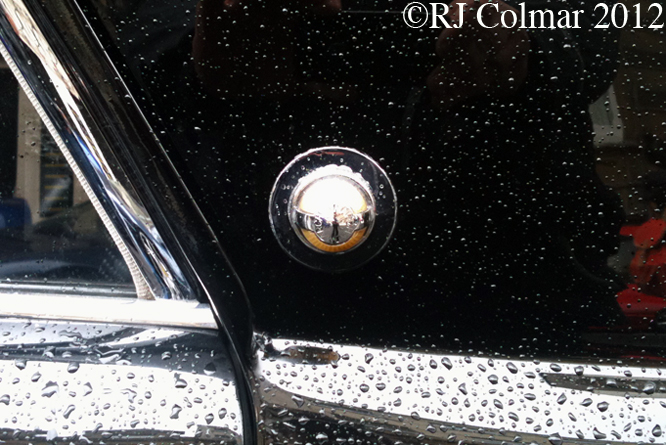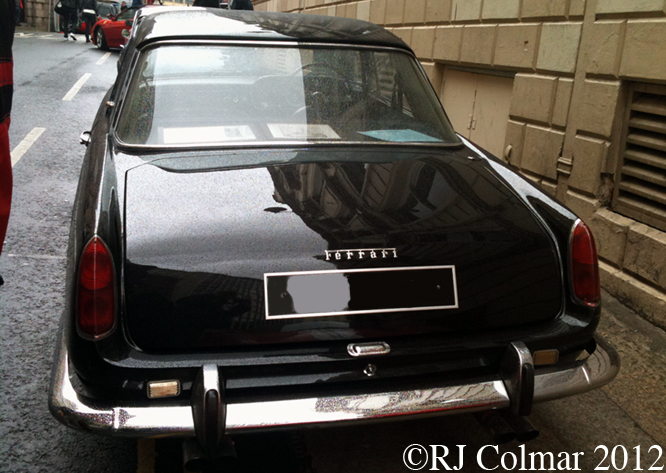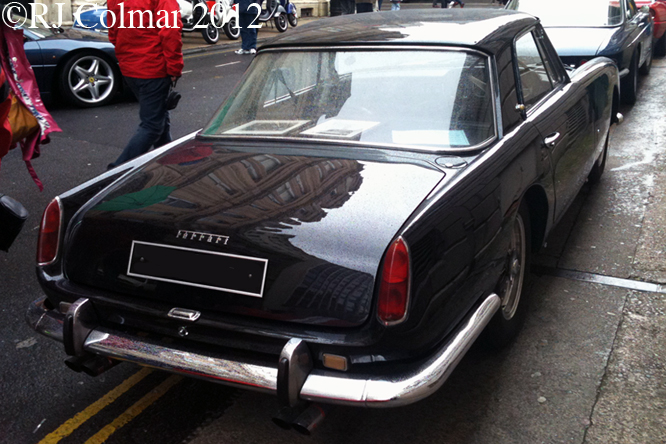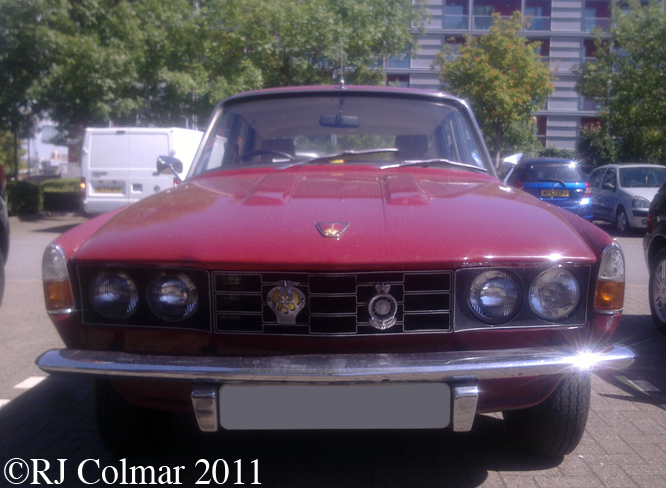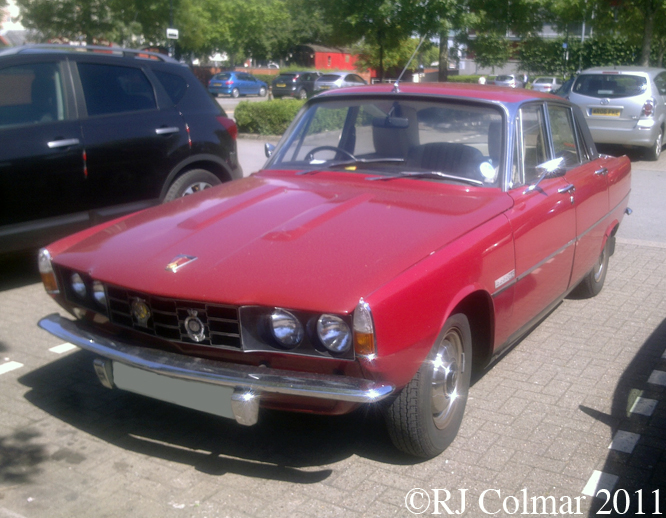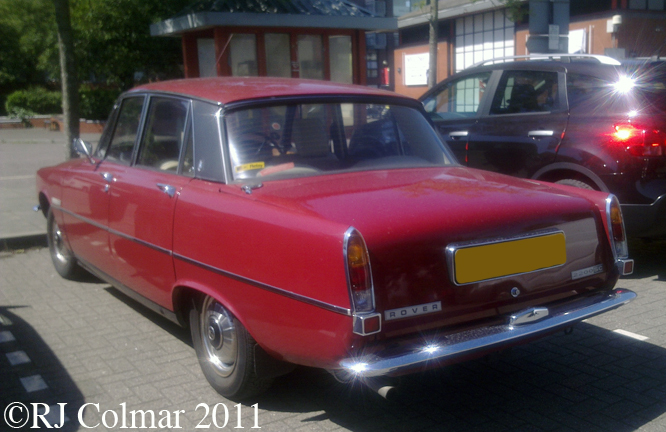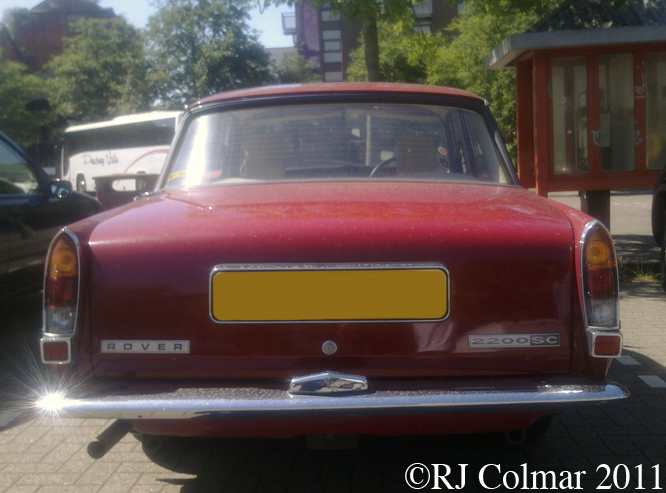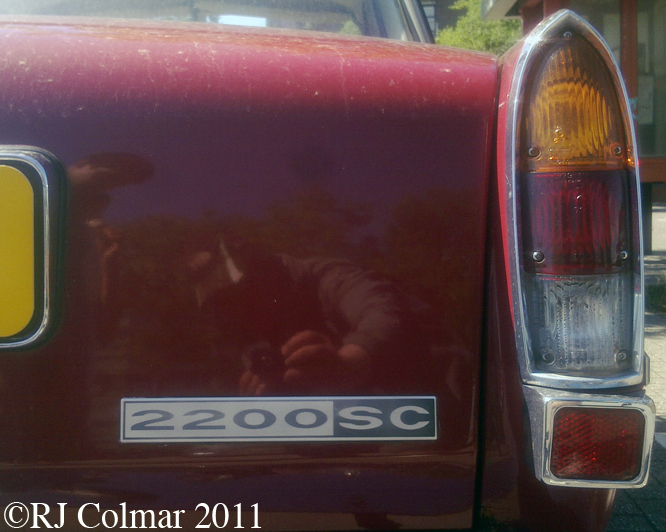In April 1962 UDT Laystall racing took delivery of a Ferrari 250 GTO chassis number 3505 painted pale green as were all the other cars in the UDT Laystall team run by dentist and one time Indy 500 competitor Alfred Moss father of Sir Stirling Moss and Sir Stirlings former manager Ken Gregory.
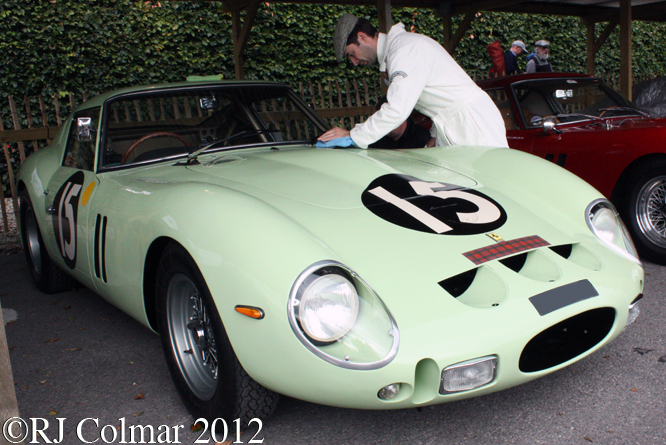
The cars first outing was at the 1962 Le Mans test where Willy Marrise recorded 2nd fastest time in #3505, he appears to have driven several other Ferrari’s over the weekend including the fastest car a 250GT SWB chassis #2689. Innes Ireland and Marsten Gregory shared the car for the rest of the season Marsten scored to 2nd place finishes at Silverstone before he and Ireland retired the car at Le Mans with a combination of starter and battery problems after completing just under half the distance of the race.
Innes Ireland drove the #3505 to victories at Brands Hatch and again in the 1962 Tourist Trophy run at Goodwood where the car is seen above fifty years after the event. With just seven events entered the car was sold to Austrian Dr. Gunther Placheta.
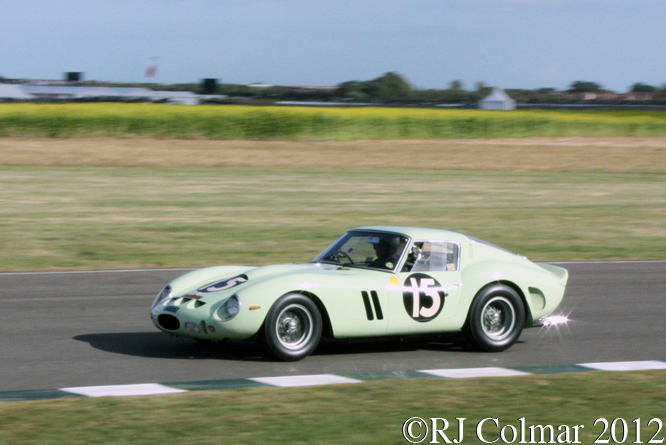
Dr. Gunther Placheta was an alias for the actor Gunther Philipp who raced under the pseudonym “Giulio Pavesi” and used the #3505 in racing and hillclimbing events in 1963 and 1964 claiming 4 overall victories from nine events known to have been entered claiming the 1963 and 1964 Austrian GT championships in the process.
Since 1964 #3505 has spent most of it’s time with owners in the United Kingdom in 2000 the #3505 sold for $8 million and went to the Matsuda collection.
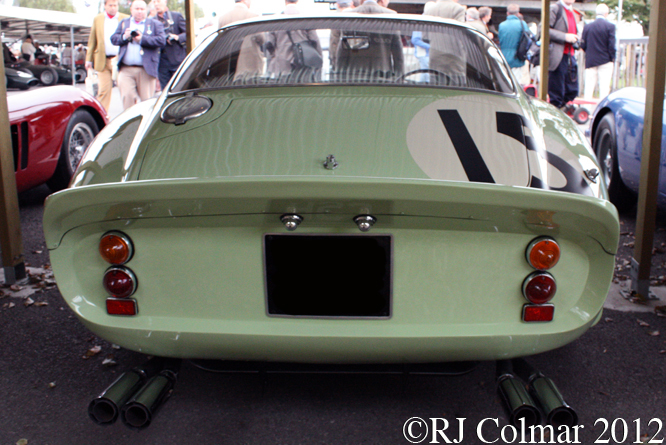
The car was back in the UK with a new Dutch owner by 2005 and last year was sold far a reputed $35 million to it’s current owner wireless billionaire Craig McCaw who by strange coincidence is also the husband of former US Ambassador to Austria Susan Rasinski McCaw. The reputed $35 million price paid makes this car twice as expensive as the most expensive car sold at auction last year the $16 million 1957 Ferrari 250 Testa Rossa Prototype.
It should be noted that #3505 was neither owned by Sir Stirling Moss other than through any financial interest he may have had in his fathers racing team British Racing Partnerships which raced under the UDT Laystall banner in 1962 and nor is there any record that #3505 was ever raced by Sir Stirling Moss in period.
Thanks for joining me on this “Double Austrian GT Champ” edition of “Gettin’ a li’l psycho on tyres” I hope you will join me again tomorrow. Don’t forget to come back now !


